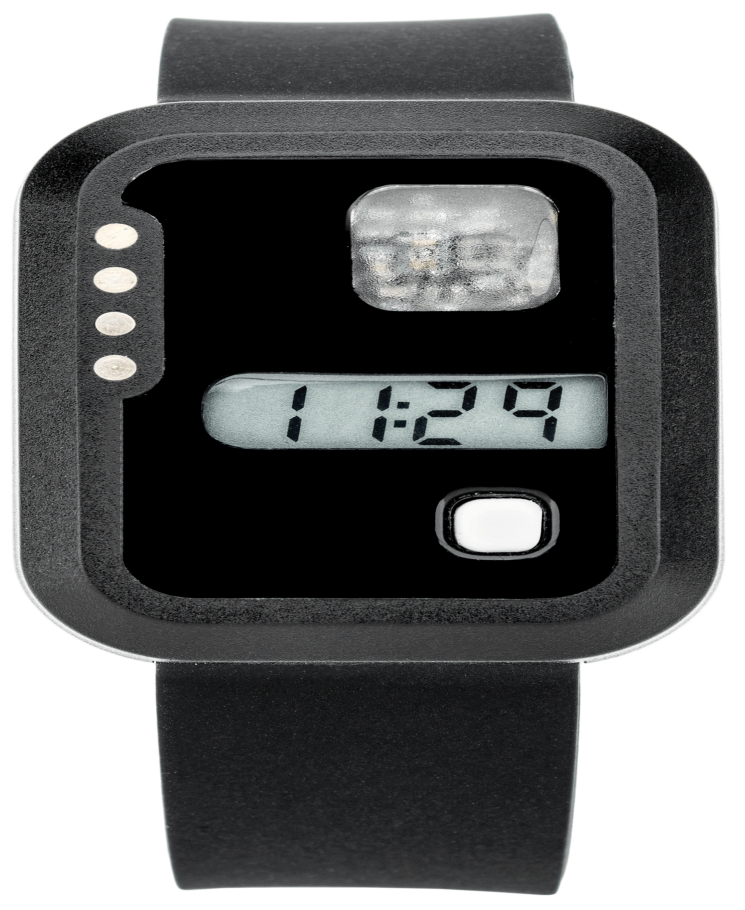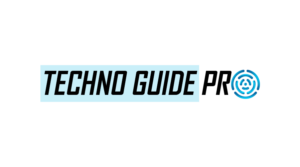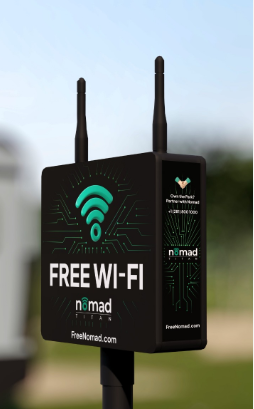For decades, sleep researchers and clinicians relied heavily on patient-reported sleep diaries to assess rest quality, patterns, and disturbances. While helpful, these diaries are inherently subjective—prone to memory lapses, bias, and inconsistency. In contrast, actigraphyhas emerged as a reliable, objective tool for monitoring sleep over extended periods in real-world settings. It allows researchers and clinicians to gather continuous movement data, which correlates closely with sleep-wake cycles.
What Is Actigraphy?

Actigraphy involves wearing a small, non-invasive device—usually on the wrist—that measures motion over time. These devices use accelerometers to detect movement, providing detailed insights into when and how long a person is sleeping or awake. By analyzing this data, actigraphy offers a quantifiable view of sleep patterns, sleep efficiency, total sleep time, and disruptions across multiple nights or weeks.
Clinical Validation and Acceptance
Actigraphy is no longer limited to research labs. It has gained clinical legitimacy through years of peer-reviewed studies validating its accuracy, especially in diagnosing insomnia, circadian rhythm disorders, and sleep disturbances in special populations (e.g., the elderly or children). In fact, the American Academy of Sleep Medicine (AASM) recognizesactigraphy as a validated diagnostic method for specific sleep disorders when polysomnography (PSG) is not practical or necessary.
While PSG remains the gold standard for detailed sleep architecture and diagnosing conditions like sleep apnea, actigraphy excels in monitoring sleep in naturalistic environments over longer durations—something a single-night PSG cannot offer.
Advantages Over Subjective Reporting
One of actigraphy’s most significant strengths lies in its objectivity. Unlike sleep diaries, which depend on patient compliance and recall, actigraphy continuously records data passively. This reduces the margin for human error and provides clinicians with a more accurate picture of a patient’s actual sleep behavior.
Moreover, actigraphy enhances patient engagement. Many wearable actigraphy devices now sync with mobile apps, allowing users to view their own data. This transparency can motivate behavioral changes and improve treatment compliance.
Looking Ahead
As sleep medicine evolves, actigraphy is set to play an increasingly vital role. With advancements in wearable technology and AI-based analysis, actigraphy is expanding its clinical utility beyond simple rest-activity patterns. It’s bridging the gap between lab-grade diagnostics and accessible, real-world monitoring.
Conclusion
Actigraphy is no longer an experimental tool—it’s a scientifically legitimate, evidence-backed method reshaping how modern sleep medicine assesses and manages sleep disorders. In moving beyond the sleep diary, actigraphy brings accuracy, accessibility, and insight to both clinicians and patients alike.
Conduct Cutting Edge Sleep Research with Actigraphy Watches from Condor Instruments
Enhance your sleep studies with precise, validated actigraphy watches. Condor Instruments provides advanced tools for long-term, real-world monitoring. Trusted by researchers worldwide. Explore our solutions today—innovative, reliable, and ready for your next breakthrough.





